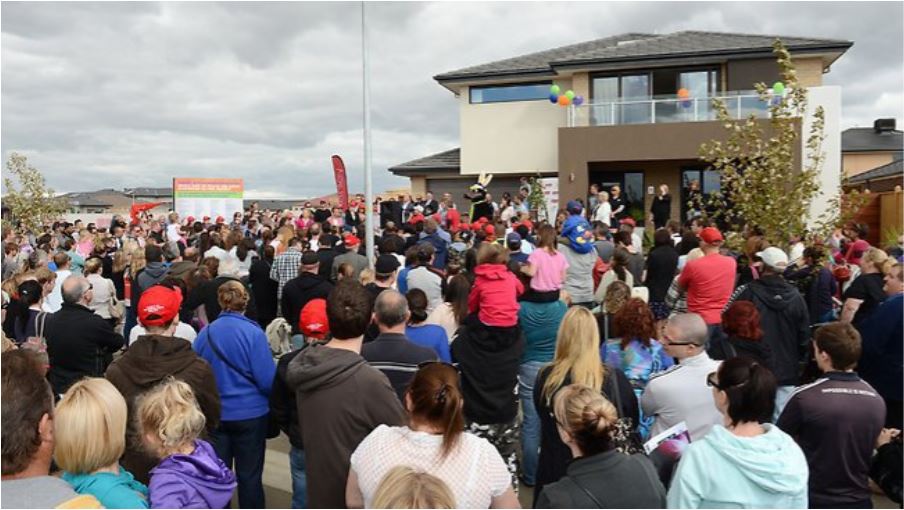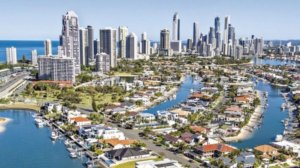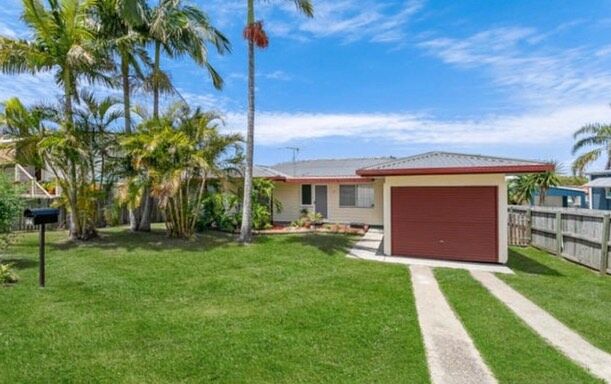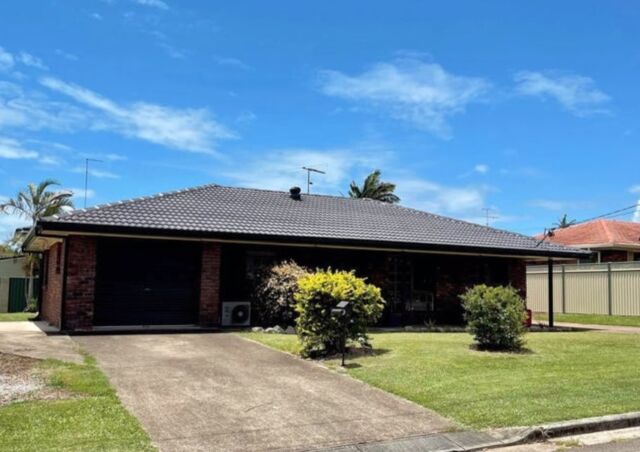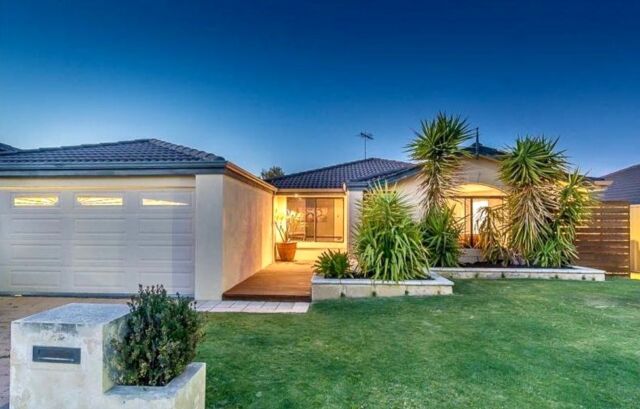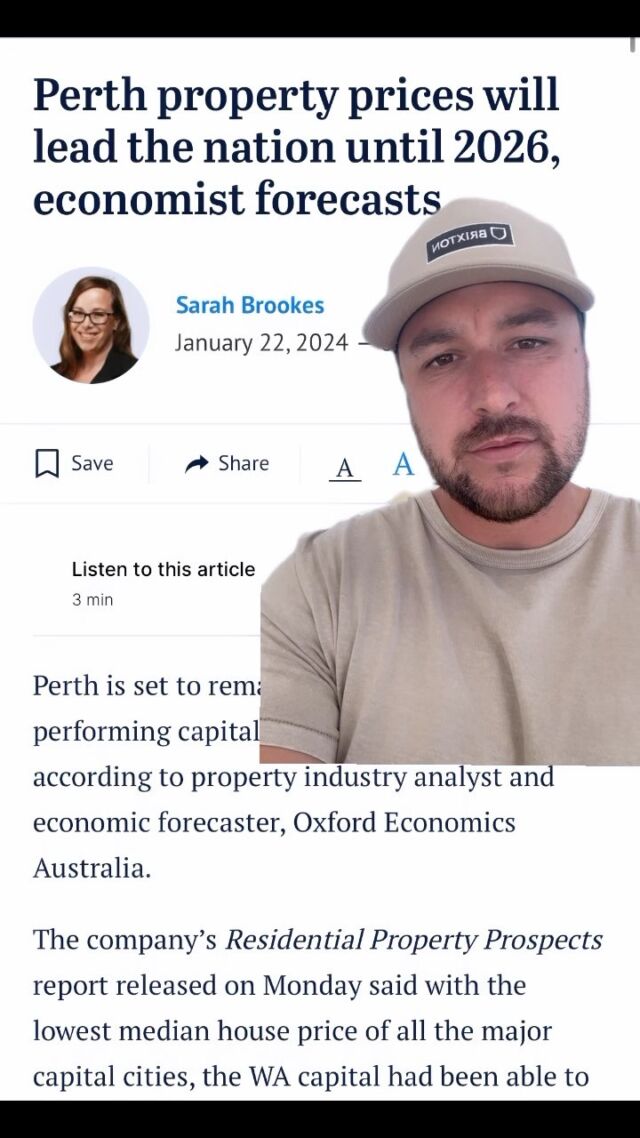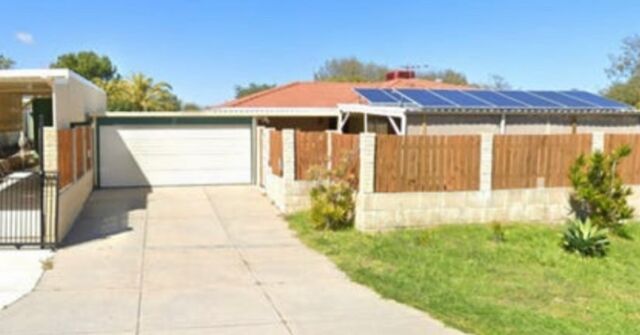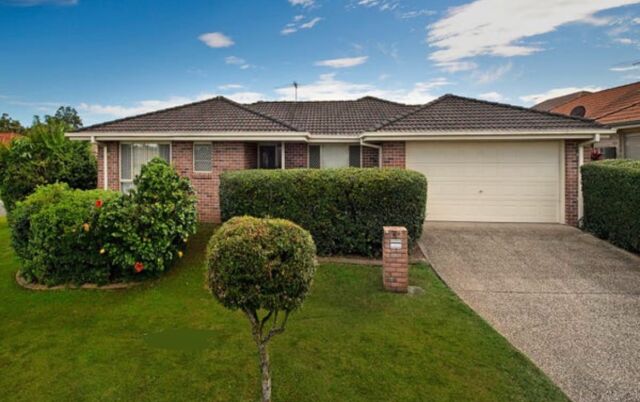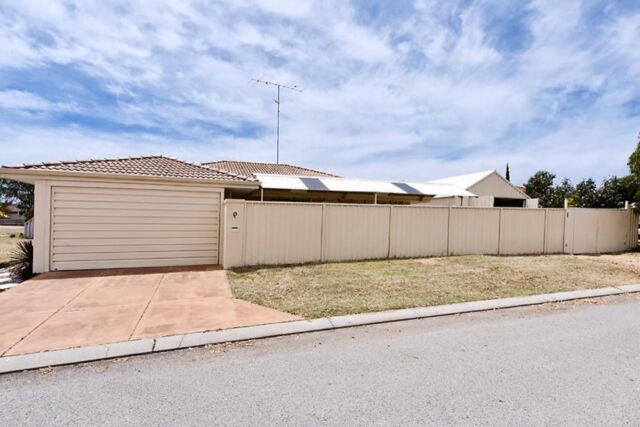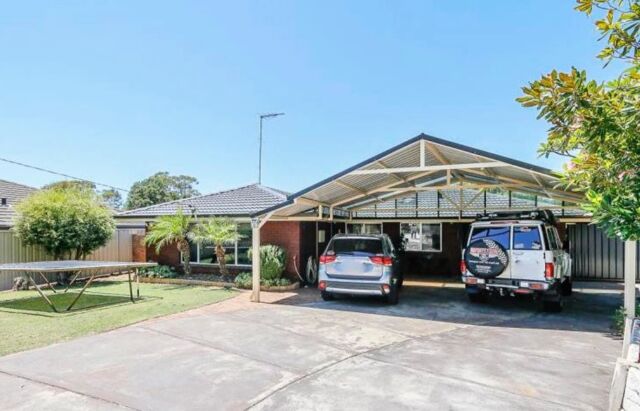Scarcity has always been intrinsically valuable.
Just think of the value of gold, diamonds, a limited-edition guitar, as well as certain types of real estate.
The problem with scarcity when it comes to property, though, is that it is location dependent but not everyone understands that.
In fact, some commentators suggest that there is a Holy Grail of real estate scarcity that will work in every location around the nation, but that is simply not the case.
Location rarity
We always determine what we believe to be a scarce property in every area that we purchase in for clients – and it is always different.
Recently, we have been buying in a location where we believe affordable houses on bigger blocks are set to achieve superior capital growth over the medium- to long-term.
Of course, with major markets rising strongly pretty much everywhere, these are becoming increasing tricky to source.
However, just down the road from this location, we are targeting properties that are in desirable areas, perhaps near a river or the ocean, that can still be purchased for reasonable prices.
Both of these areas also have very little land left to develop, so the scarcity factor is predominantly securing assets with a land component as there is little chance of oversupply happening anytime soon.
Oversupply is something that every investor must keep in mind when buying, but even locations with plenty of new supply nearby, in houses or even units, can still provide an element of scarcity.
What I mean is that an established suburb that may be closer to a city centre, for example, but is experiencing gentrification through renovations or knock down and rebuilds, can still make a good investment location even if there is a new housing estate happening nearby.
That’s because the property itself is a scarce resource in the area and offers uniqueness compared to the cookie-cutter houses being constructed down the road.
Likewise, even if there is new supply coming on in the vicinity, if the population growth outweighs the supply volumes, this will also support the scarcity factor of purchasing in an established housing part of an area.
Natural land barriers
In many parts of the country, including in major regional areas, we often buy close to a waterway, which could be a river, canal, or the ocean.
Now, this doesn’t necessarily mean we are purchasing properties with absolute water views, because those are usually outside of our affordable property investment philosophy price points.
However, as well as usually being located in desirable and affluent suburbs, these waterways create a natural barrier that stops excessive development from occurring.
Many of these suburbs are also experiencing changing demographics with higher income residents buying into the area.
These people often renovate their properties, which serves to improve property prices as well as the general attractiveness of a suburb.
This, in turn, generally increases demand for properties, which can see the value of properties rise robustly over time.
Of course, the key is to recognise this trend long before prices start firming, which is why we spend so much time on research as well as working with experts on the ground in the locations where we are buying for our clients.
It’s difficult for most investors to establish the networks needed to do this in a particular location, especially interstate, because they are usually only buying once in the area.
Whereas we often buy dozens of properties in strategically selected locations over a specified period of time, before moving on to the next areas we believe are primed for growth.
And one of the reasons why our system usually results in such strong capital growth for our clients is that we recognise and determine which properties are scarce in each location – and which ones are not.



